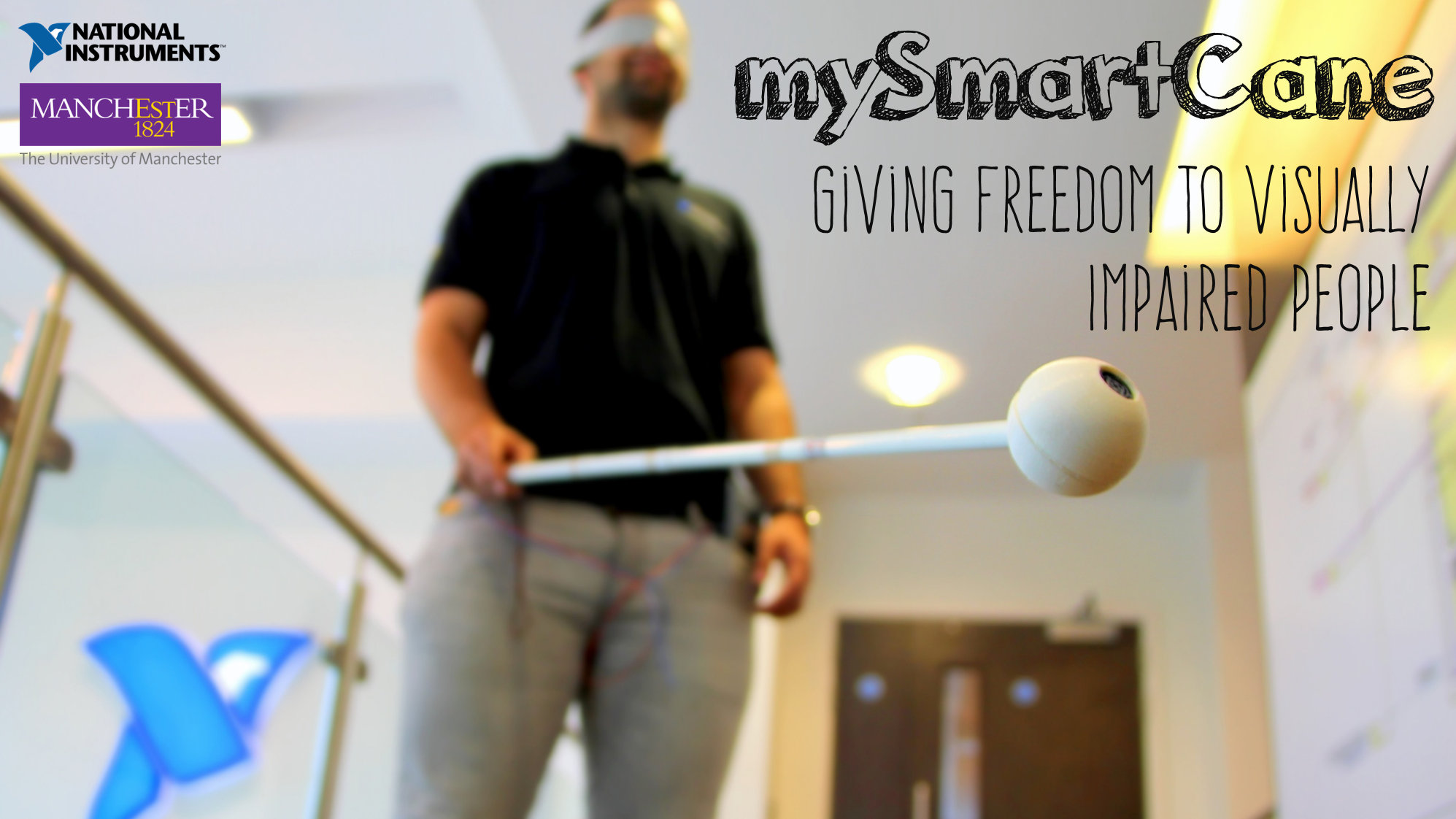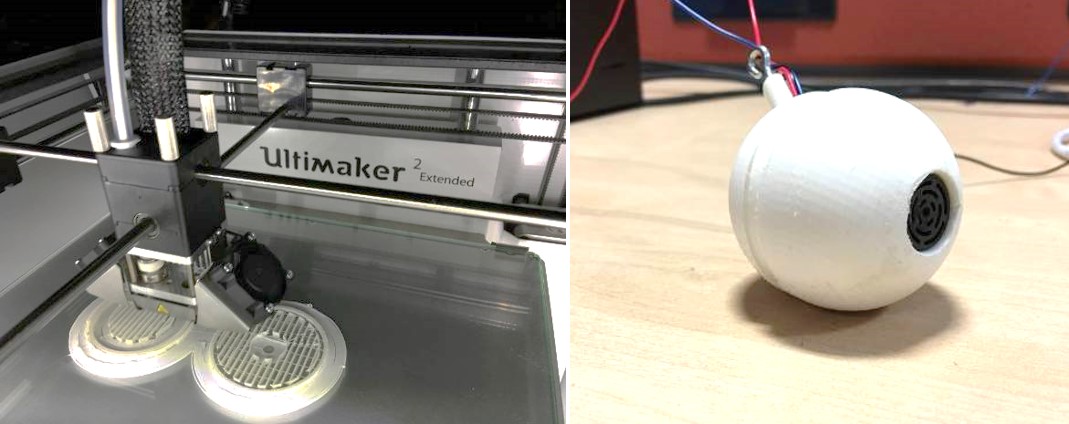From Friday, April 19th (11:00 PM CDT) through Saturday, April 20th (2:00 PM CDT), 2024, ni.com will undergo system upgrades that may result in temporary service interruption.
We appreciate your patience as we improve our online experience.
From Friday, April 19th (11:00 PM CDT) through Saturday, April 20th (2:00 PM CDT), 2024, ni.com will undergo system upgrades that may result in temporary service interruption.
We appreciate your patience as we improve our online experience.

The Inspiration
Being raised up by my mother who has retinitis pigmentosa, I have experienced the struggle of the visual impaired people when they try to navigate with the white cane. The white cane even though, a simple and marvellous invention, is now stuck in the past. This project gave me the opportunity to brainstorm and challenge the current situation. More advanced canes exist but their price tag makes them exorbitant.
About the Developer
My name is Vasileios Tsormpatzoudis, Vas, a student at the University of Manchester studying Electrical and Electronic Engineering. I am a motivated engineer who desires to make the world a better place to live.
Implementation
Reading the ultrasonic sensor is similar to reading an analogue output. Some simple maths are implimented on the myRIO to condition & process the signal. For example, to improve the accuracy of the low-cost ultrasonic sensor, I implemented an averaging algorithm on the myRIO, which returned the mean 'object distance' of the past 10 samples. This improved object distance value is used to generate a series of audiable 'chirps' - whose frequency coralates with the detected distance.
Additionally, the code compares the object’s distance with user configurable 'maximum distance' limit. By default, the maximum distance is 50 cm, as the average step of a person is 35 cm and hence anything above 50 is a bit redundant.
The 3D enclosure
My colleague Jake Akhtar designed a quick enclosure which will house the ultrasonic sensor at the bottom of the cane. You may find the CAD files below.

Requirements
Software
Hardware
Steps to Execute the Code
Next Steps
The modular, software-defined nature of the system would allow me to easily add the folloring features: